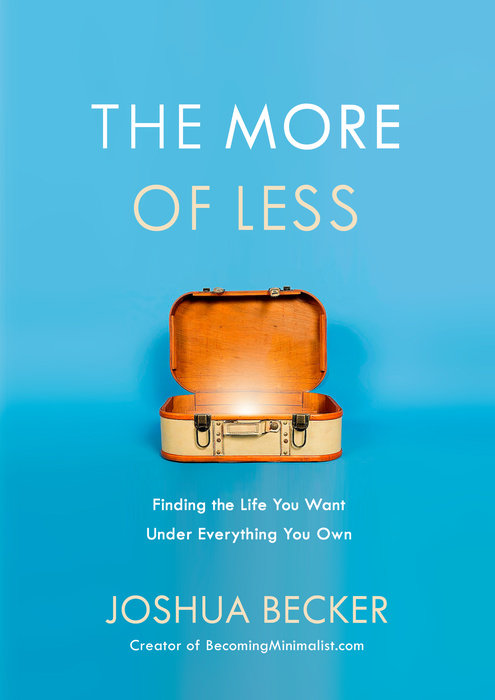
Hello again, everyone! It’s hard to believe another month is almost at an end. But before we say adieu to April I wanted to share with you all some of what I’ve been lovin’ this April.
Food:
- Homemade BBQ Sauce from Scratch Mommy.
- Homemade Applesauce and 10 way to enjoy it from Yummy Inspirations.
- Homemade Yogurt in a Crock Pot from Creative Simple Life.
- Kombucha fruit snacks from Homemade Mommy.
- Sweet potatoes and chocolate grain-free cake from Homemade Mommy.
DIYs:
- Homemade Sunscreen Lotion Bars from MommyPotamus.
- Cheap, Easy Life Hacks Guaranteed To Repel Flies by Little Things.
- DIY Spring Car Care Tips from Popular Mechanics.
- DIY Self-Massage for Post Workouts for Women from Women’s Heath.
- DIY Pet Fountain from Instructables.
Podcasts:
- Cultivating the Lovely Podcast by Mackenzie Monroe of BoldTurquoise.
- Tiny House Podcast from Tiny House.
- Sorta Awesome Podcast co-hosted by Rebekah Hoffer and Megan Tietz.
- The Minimalists Podcast.
- His and Her Money Podcast from HisandHerMoney.com
Periscopers:
- Stacy Meyers from Humorous Homemaking. Stacy is an OG of scoping and not to be missed!
- Larisha Campbell from Wereparents. Larisha makes simple, budgeted, organic cooking easy!
- Amiyrah Martin from 4hatsandfrugal. She’s currently scoping on positive budget affirmations!
- Zaggat guide on periscope. Watch awesome food, eateries, and culinary experts each morning!
- Alex Pettit gives the latest tech tutorials, advice, and demos live on periscope!
Music:
- Prince videos on Youtube. A true icon, need I say more?
- Are you a lover of Motown? Check out the House Cleaning Station on Pandora radio!
- If you love Delta blues as much as I do, check out the PBS Roots & Blues online station.
- Check out Folk Streams online for awesome Creole and Zydeco music.
- If you were made in the 80’s like me, check out Billboard Music Top Charts of the 80’s on Youtube.
Books:
Do you love down-home, stick-to-your-ribs, country cooking? Then you are in luck as the new cookbook from Francine Bryson, Country Cooking from a Redneck Kitchen Cookbook has plenty of recipes to satisfy your childhood comfort cravings.Francine speaks my language when it comes to food. Her book focuses on the best of southern cooking, from Chicken and Dumplings Like Mama Made to Coconut Party Dip, Deviled Ham Dip, Aunt Fanny’s Buttermilk Salad, Old-Fashioned Squash Relish, Grits and Bacon Fritters. This author knows what she’s selling and she knows her way around a kitchen. To find out more about this book, click here.

In the new relationship book by Pastor Dave Willis, “The Seven Laws of Love: Essential Principles for Building Stronger Relationships,” explains in detail the seven laws of love found throughout Scripture offers age-tested advice on how to live out those words in order to have better relationships with your spouse, family, friends, neighbors, and even enemies. Willis contends, “If Christ is not the center of your marriage, you will never learn how to love your spouse completely.” To find out more about this book, click here.
Do you love adult coloring books? Then be sure to check out Wonderland by Amile Shen. Why this book? Well, there is nothing like relaxing while creating fast, beautiful art. And this coloring book is fantastic. Wonderland follows the story of Alice’s age old tale of adventures quite closely which allows readers to color along with Alice and her companions from page to pages. Moreover, Amily Shen’s illustrations are beautiful. To find out more about this book, click here.
One of my favorite new cookbooks is the I Quit Sugar Kids Cookbook, by Sarah Wilson. What I liked about this book: Wilson’s cookbook and guide to sugar-free living are a refreshingly, friendly, helpful voice in a sea of holier-than-thou handbooks for health and diabetic living. After following the authors advise for several weeks and laying off the sweet stuff, I generally felt, well better. This book is helpful, easy-to-follow, and is helpful resource guide and go-to recipe guide. To find out more about this book, click here.
As someone who strives to live a minimalist lifestyle, in both my home and business, I’ve following Joshua Becker, on his site Becoming Minimalist, for the past several years. What I liked most about Becker’s site, his idea that minimalism can be a sound, obtainable goal through the presentation of reasonable minimalism. In Becker’s latest book, The More of Less: Finding the Life You Want Under Everything You Own, he extrapolates on his blogs central minimalist theme, as well as the benefits of owning even fewer personal effects. For those who would like to know more this book click here.
Finds:
- Vanessa Blair’s Beadery Craftique on Facebook for awesome handmade, Summer-inspired jewelry.
- Katie from PurePeriwinkle on ETSY. Her Dave Ramsey Envelope System Wallets are amazing!
- Carrywell Reusable Bag Organizer has been my go-to shopping bags for the past season. Love them!
- This cat tunnel toy has been a huge hit at our home!
- TJ Maxx is carrying Magic Bullet Dessert Makers for only $9.99! Amazing deal!
So folk, this is what I’ve been loving this past month. Since April is not currently on the books, you still have time to go out and find something that truly sparks joy in your world. And for those of you who have lived April to the max, how was your month? Have you scored any awesome freebies, chanced upon an awesome new music station, or curled up with a new, thought-provoking book? I’d love to hear about it below!
Here’s to May,








































